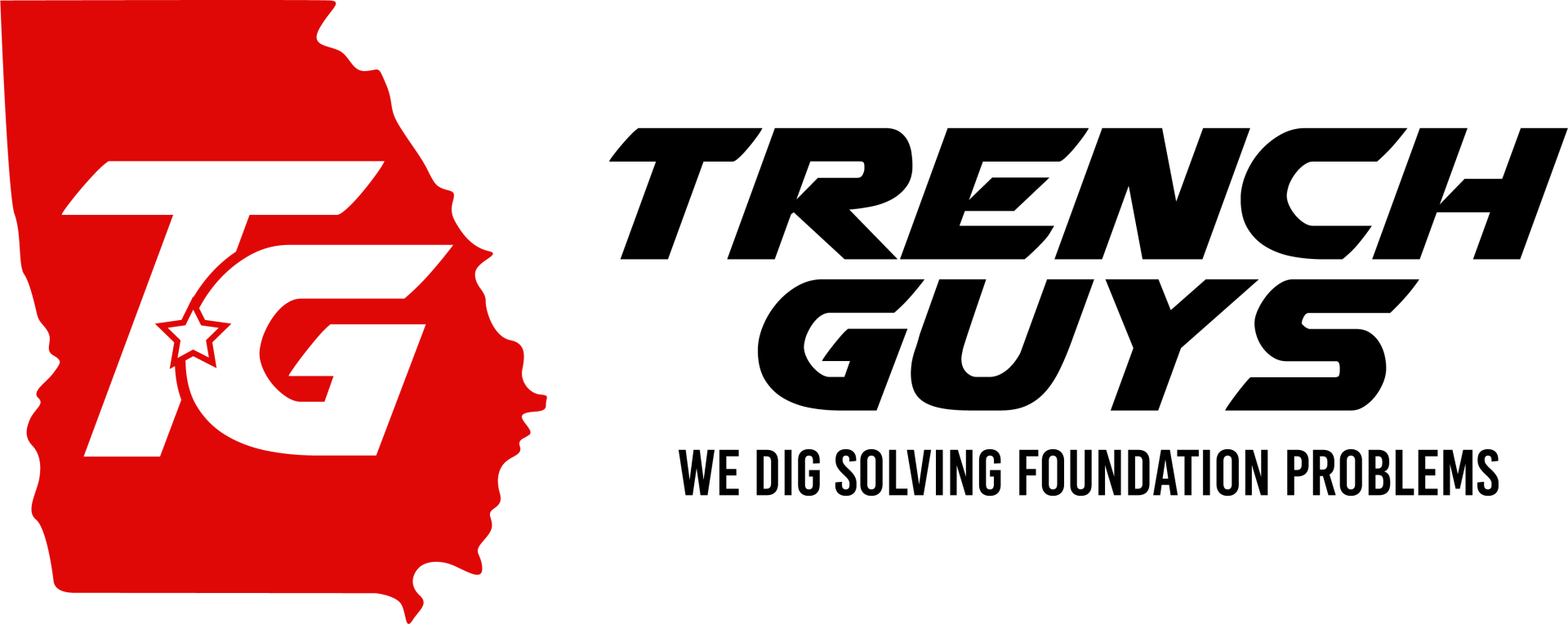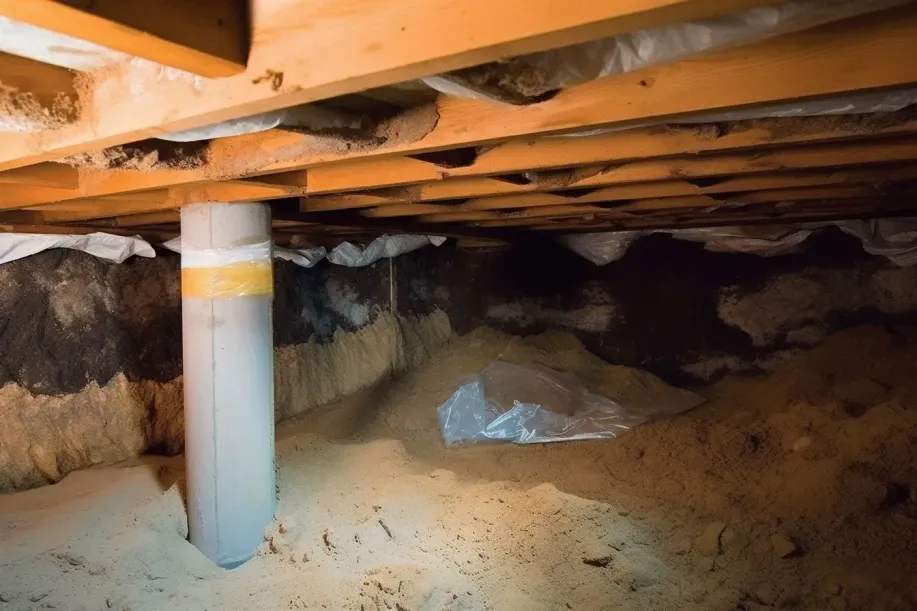Welcome to our in-depth exploration of the crucial role that crawl spaces play in the overall health and structural integrity of your home. Often hidden and easily overlooked, the crawl space is a key component of your home's foundation, playing a vital role in its long-term well-being. This blog aims to illuminate the importance of regular crawl space maintenance and its impact on your home's structure and health.
Understanding the Crawl Space:
A crawl space, typically found beneath your home, serves several important functions. It houses critical elements like plumbing, wiring, and HVAC systems, and facilitates air circulation under the house. This area is especially important in regions where damp conditions or flooding are common, as it helps to elevate the home above potential water damage.
The Importance of Crawl Space Health:
The condition of your crawl space can have far-reaching implications for your home. Issues like moisture buildup, mold growth, and pest infestations originating in the crawl space can spread, affecting the structural integrity of your home and the health of its inhabitants. Moreover, a well-maintained crawl space contributes to better air quality and energy efficiency in your home.
The Role of Crawl Spaces in Home Structure and Health:
Crawl spaces are integral to the structural stability of your home. They support key components of your house's foundation and, when properly maintained, prevent issues that can lead to costly and extensive repairs. The health of your crawl space is also directly linked to the air quality inside your home, making its maintenance a matter of both comfort and health.
Join us as we delve into the essential practices for maintaining a healthy crawl space, ensuring your home remains a safe and comfortable haven for years to come.
Understanding Your Crawl Space
Gaining a thorough understanding of your crawl space is essential for effective home maintenance and care. This section of the blog delves into the fundamental aspects of crawl spaces, from their purpose in home construction to the various types of crawl space constructions.
The Function of Crawl Spaces
Explanation of What Crawl Spaces Are: A crawl space is a hollow area located under most homes, typically accessible by crawling, as its height is less than that of a full basement. It is an integral part of the home's foundation and structure.
Purpose in Home Construction: The primary functions of a crawl space include:
- Facilitating Air Circulation: Crawl spaces allow air to circulate beneath the home, which helps to prevent moisture buildup and maintain a dry environment.
- Housing Utilities: They provide a convenient space for plumbing, electrical wiring, and HVAC systems, making installation and repairs more accessible.
- Protection from Ground Moisture: Elevating the home above the ground, crawl spaces help protect the structure from moisture-related issues, especially in damp or flood-prone areas.
Common Crawl Space Construction Types
Overview of Different Crawl Space Designs and Materials: Crawl spaces can vary significantly in design and construction, each with its own set of characteristics and benefits:
- Vented Crawl Spaces: Traditionally, crawl spaces were built with vents to the outside, intended to allow moisture to escape. However, vented spaces can sometimes let in more moisture, especially in humid climates.
- Unvented (Sealed) Crawl Spaces: Modern construction often favors unvented crawl spaces, which are sealed and insulated to prevent moisture intrusion and improve energy efficiency.
- Materials Used: Common materials in crawl space construction include concrete for the foundation, vapor barriers to prevent moisture penetration, and insulation materials to regulate temperature.
- Additional Features: Some crawl spaces may also include sump pumps or dehumidifiers to manage moisture levels actively.
Understanding the type and function of your crawl space is crucial for proper maintenance and addressing any issues that may arise. This knowledge is key to ensuring the longevity and health of your home's foundation and overall structure.
Visible Signs of Crawl Space Damage
Identifying early signs of damage in your crawl space is crucial for maintaining the structural integrity and health of your home. This section of the blog focuses on the key visible indicators of crawl space damage, including water damage, mold growth, and pest infestations.
Water Damage and Moisture Issues
Signs of Water Pooling, Dampness, or Flooding in the Crawl Space: Water damage and moisture issues are common in crawl spaces and can lead to serious structural problems:
- Water Pooling: Standing water in the crawl space, especially after heavy rains, is a clear sign of drainage issues or leaks.
- Dampness: Wet or damp walls and floors, or condensation on pipes and insulation, indicate high moisture levels.
- Efflorescence: White, powdery deposits on walls or floors are signs of evaporating moisture and mineral deposits left behind.
- Rust and Corrosion: Rust on metal fixtures and tools in the crawl space can be caused by excessive moisture.
Mold and Mildew Growth
Visible Mold, Mildew, and Detection of Musty Odors: Mold and mildew growth in the crawl space can significantly affect the air quality of your entire home:
- Visual Signs: Look for black, green, or white patches on wood, insulation, or other surfaces.
- Musty Odors: A persistent musty or earthy smell is often indicative of mold or mildew presence.
- Health Symptoms: Increased allergies or respiratory issues among residents can be a sign of mold spores in the air.
Pest Infestation Signs
Evidence of Rodents, Insects, or Other Pests: Pests are attracted to damp and neglected crawl spaces:
- Droppings and Nests: Look for droppings, nests, or shredded materials, which are signs of rodents or insects.
- Gnaw Marks: Marks on wood, cables, or insulation can indicate the presence of rodents.
- Noises: Scratching, scurrying, or rustling sounds can suggest the presence of pests.
- Entry Points: Small holes or cracks in the crawl space walls or around vents can be entry points for pests.
Recognizing these signs of damage in your crawl space is essential for timely intervention and repair. Regular inspections and addressing these issues promptly can prevent more extensive and costly damage to your home.
Structural and Material Damage Indicators
Recognizing structural damage in your crawl space is crucial for maintaining the safety and integrity of your home. This section of the blog focuses on identifying key structural indicators of damage, including wood rot, material deterioration, and insulation issues.
Wood Rot and Material Deterioration
Identifying Signs of Rotting Wood or Deteriorating Structural Materials: Wood rot and deterioration of structural materials in the crawl space can compromise the stability of your home:
- Visual Signs of Wood Rot: Look for wood that appears discolored, softer, or crumbly. Rotting wood may also have a damp, musty smell.
- Fungal Growth: The presence of fungal growth or mushrooms on wood surfaces is a clear indicator of rot.
- Structural Weakness: Areas of the floor above the crawl space that feel spongy or unstable may indicate underlying wood rot.
- Deterioration of Other Materials: Check for crumbling concrete or rusting metal components, which can also signify structural issues.
Damaged or Ineffective Insulation
How to Spot Compromised Insulation in the Crawl Space: Proper insulation in your crawl space is vital for energy efficiency and moisture control:
- Physical Damage: Look for insulation that is sagging, torn, or has fallen down, as this can indicate moisture damage or pest activity.
- Wet or Damp Insulation: Insulation that is consistently wet or damp is a sign of excessive moisture in the crawl space.
- Mold on Insulation: Visible mold growth on insulation materials is a serious concern and indicates a moisture problem.
- Energy Efficiency Issues: If you notice higher than usual heating or cooling bills, it could be a sign of damaged or inadequate insulation in the crawl space.
Identifying these structural indicators is essential for timely repair and maintenance of your crawl space. Regular inspections and addressing these issues early can save significant repair costs and maintain the overall health of your home.
Indirect Symptoms of Crawl Space Problems
Crawl space issues can manifest in subtle ways that impact the overall living environment of your home. This section of the blog discusses indirect symptoms that may indicate underlying problems in your crawl space, focusing on indoor air quality concerns and heating and cooling inefficiencies.
Indoor Air Quality Concerns
Linking Indoor Air Issues Like Allergies or Respiratory Problems to Crawl Space Conditions: The state of your crawl space can significantly affect the air quality inside your home:
- Increased Allergies and Respiratory Issues: A rise in allergic reactions or respiratory problems among household members can be a sign of poor air quality stemming from mold or mildew growth in the crawl space.
- Musty Odors: Persistent musty or earthy smells in your home, especially in lower levels, can indicate mold or mildew presence in the crawl space.
- Humidity Levels: High indoor humidity levels without an apparent cause might be originating from moisture issues in the crawl space.
Heating and Cooling Inefficiencies
Unusual Patterns in Home Temperature or Increased Energy Bills: The condition of your crawl space can impact your home's thermal efficiency:
- Inconsistent Room Temperatures: If certain rooms, particularly those above the crawl space, are consistently colder or hotter than others, it could be due to insulation issues or air leaks in the crawl space.
- Increased Heating and Cooling Costs: Unexplained spikes in your energy bills might be a result of compromised insulation or air leaks in the crawl space, forcing your HVAC system to work harder to maintain comfortable temperatures.
- Cold Floors: Persistent cold floors above the crawl space during winter can be a sign of inadequate insulation or air leaks.
Recognizing these indirect symptoms is crucial for identifying and addressing crawl space issues before they escalate into more significant problems. Regular inspections and timely interventions can help maintain a healthy, comfortable, and energy-efficient home environment.
Investigating the Cause of Damage
Understanding the root causes of damage in your crawl space is key to effective prevention and repair. This section of the blog delves into the primary factors that contribute to crawl space damage, focusing on environmental influences and the effects of wear and tear over time.
Environmental Factors
How External Conditions Like Climate and Landscaping Can Affect Crawl Spaces: The environment surrounding your home plays a significant role in the health of your crawl space:
- Climate Impact: Regions with high humidity, frequent rainfall, or prone to flooding can lead to moisture accumulation in crawl spaces. Conversely, arid climates can cause the soil to contract, potentially affecting the foundation.
- Landscaping and Water Drainage: Improper landscaping or inadequate drainage systems can direct water towards your home's foundation, increasing the risk of moisture intrusion into the crawl space.
- Soil Conditions: The type of soil around your home can impact the crawl space. Soils that retain water can lead to moisture problems, while shifting soils can cause structural issues.
Wear and Tear Over Time
The Impact of Aging and Neglect on Crawl Space Integrity: Over time, crawl spaces can suffer from various forms of wear and tear:
- Material Deterioration: Building materials used in crawl spaces, such as wooden beams and vapor barriers, can deteriorate due to moisture, pests, or simply age.
- Foundation Settling: As homes age, foundations may settle or shift, leading to cracks and gaps that can allow moisture and pests into the crawl space.
- Neglected Maintenance: Regular inspection and maintenance are crucial for crawl space health. Neglect can lead to unnoticed issues like leaks, pest infestations, or mold growth, which worsen over time.
Understanding these causes is essential for homeowners to take proactive steps in maintaining their crawl spaces. Regular inspections, addressing environmental challenges, and timely repairs can prevent significant damage and maintain the structural integrity of your home.
FAQs
Contact Trench Guys Today!
Trench Guys will do everything we can to ensure your experience with us is excellent.
Request A FREE Estimate
Request a Free Estimate Form
Checkout Recent Post
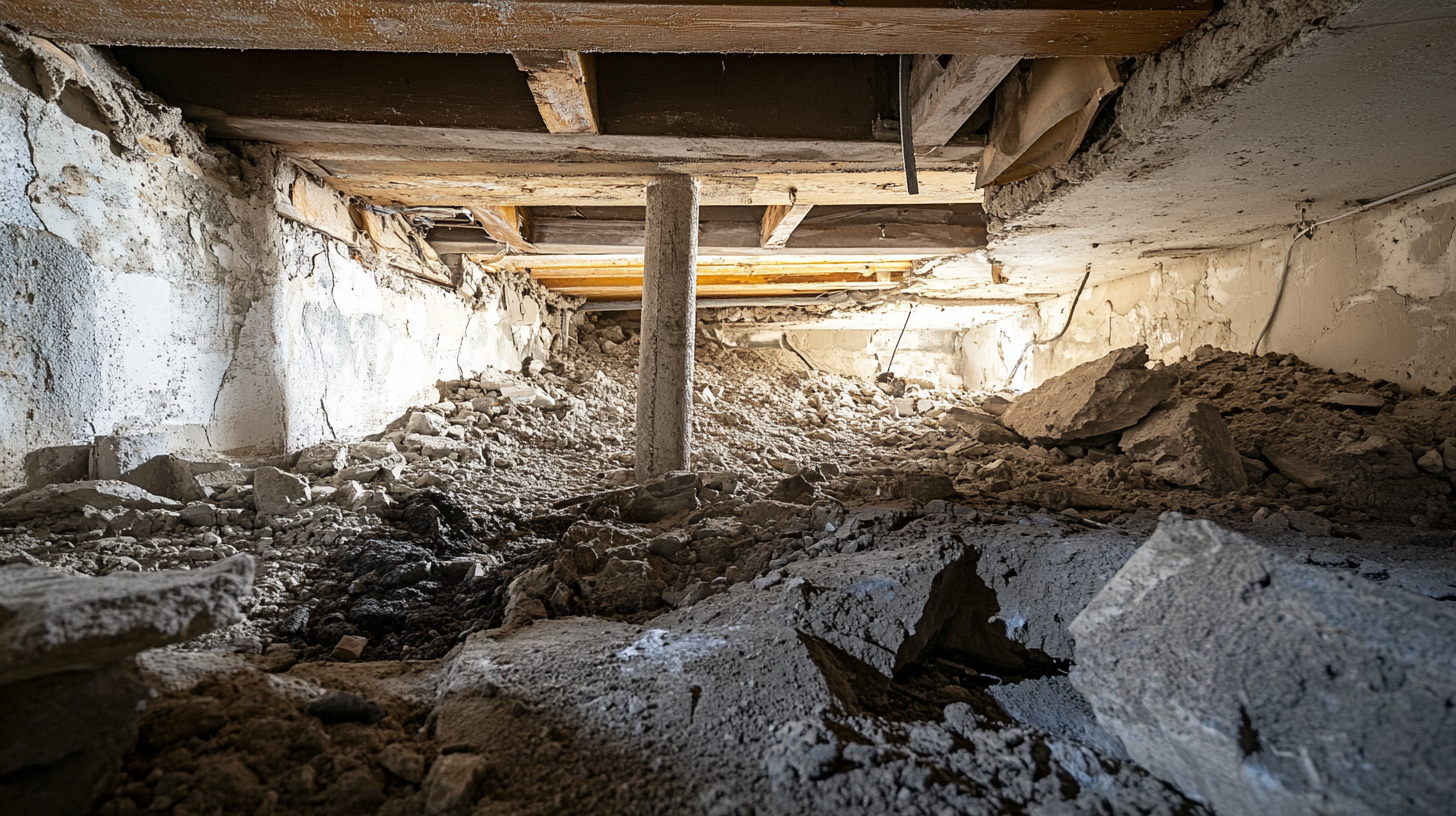
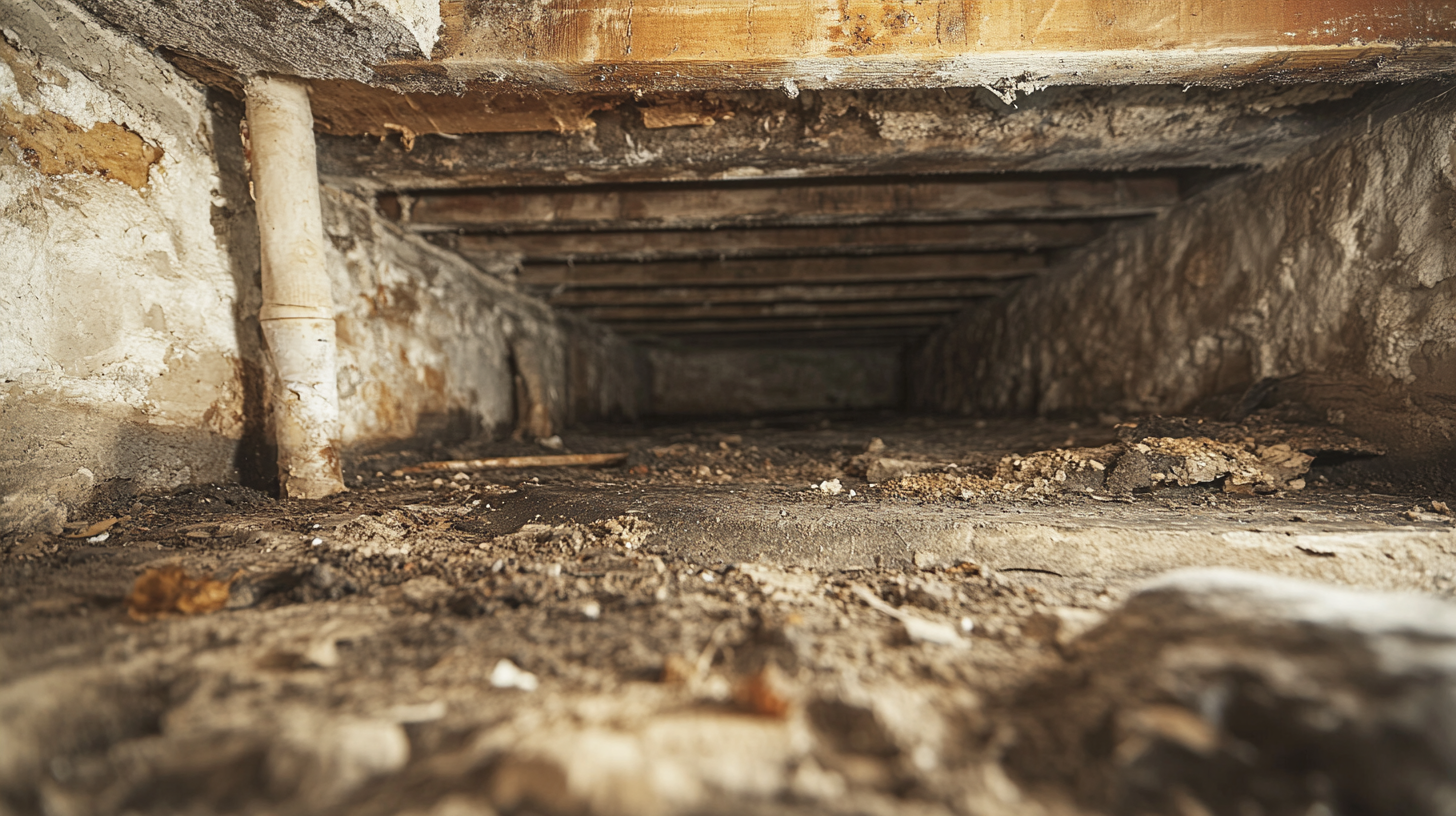
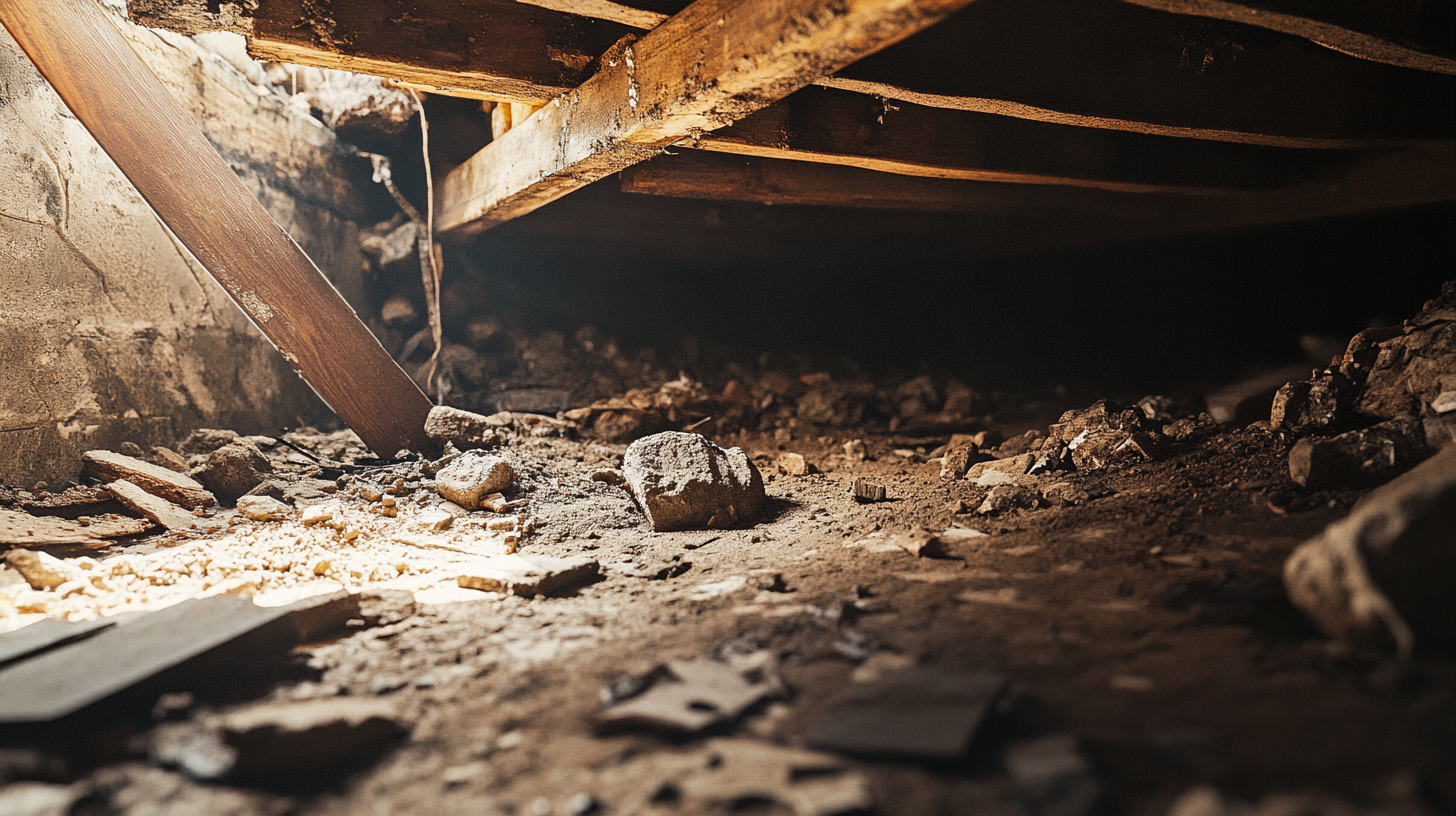
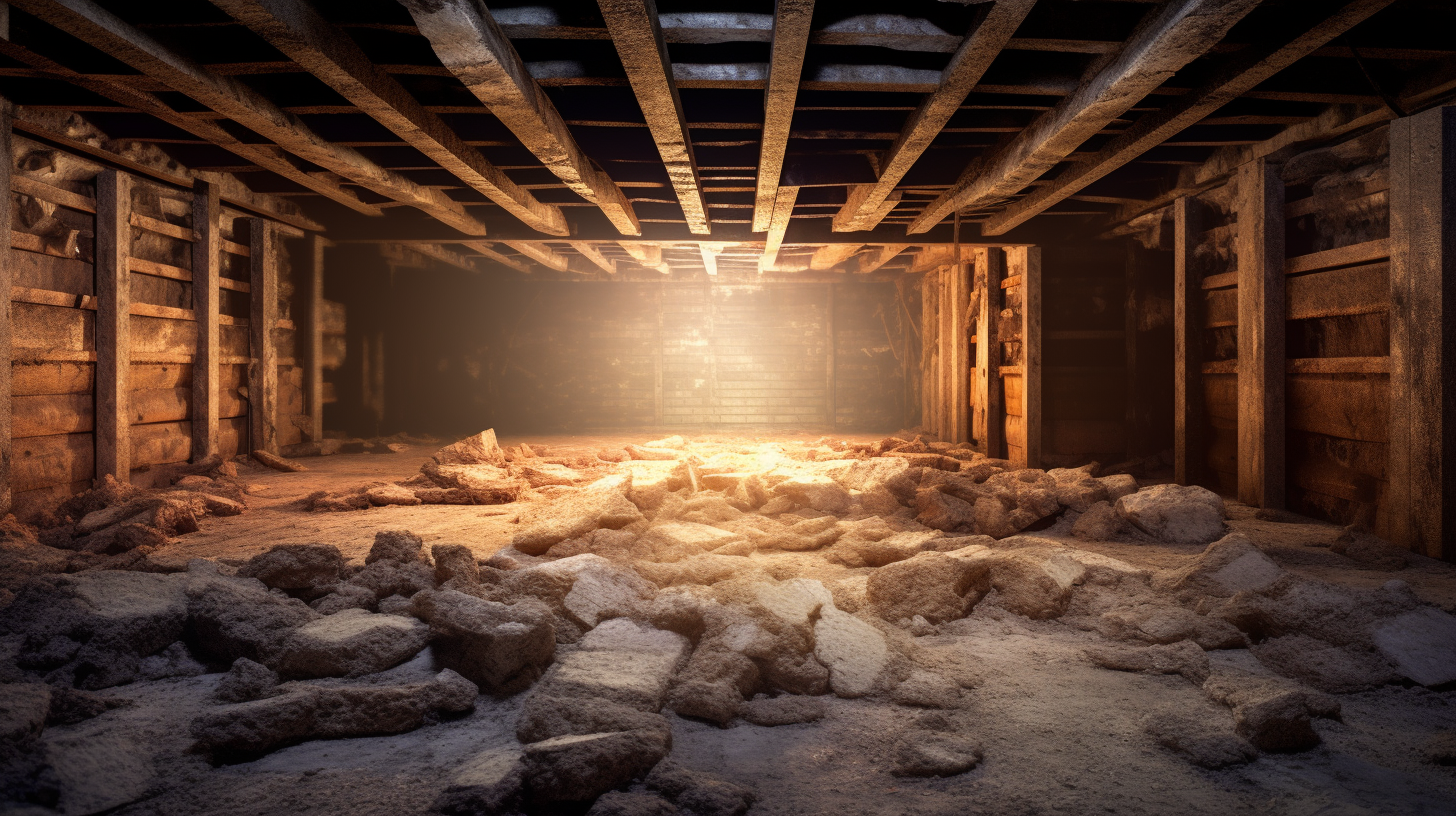
Got a Question? We’re Here to Help.
You can arrange an appointment or make an enquiry by phone or email, orget in touch to us via our contact form.
